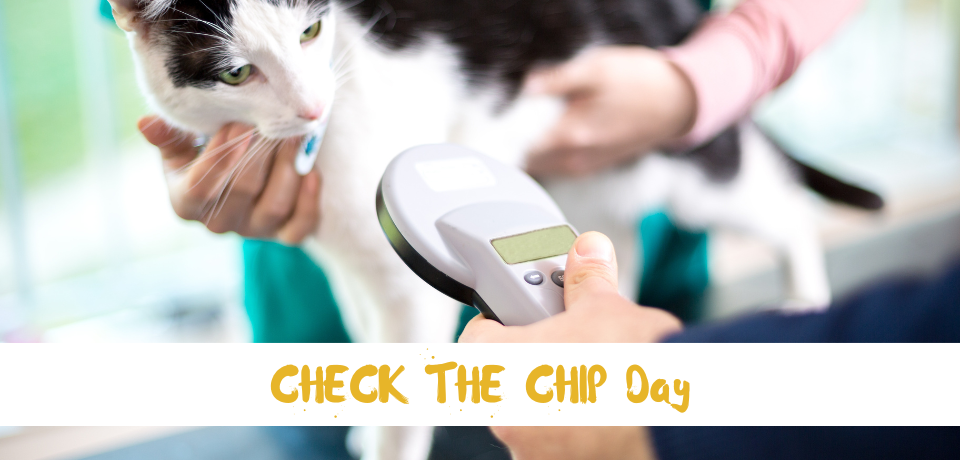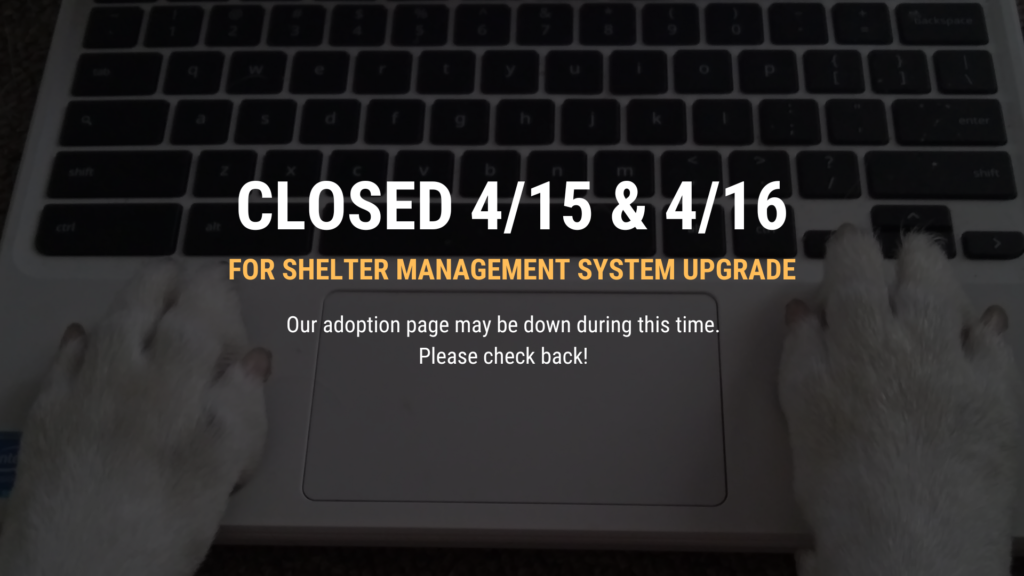
Your pet might not carry a wallet (it’s hard without pockets), but they can still carry ID.
Microchipping is one of the simplest, most effective ways to make sure your furry sidekick finds their way back to you if they ever get lost. It’s a tiny piece of technology with a big job: reuniting pets with their people when collars slip off, gates swing open, or curiosity gets the better of them.
Small, simple, and surprisingly underused, microchips are about the size of a grain of rice and are implanted under your pet’s skin, typically between the shoulder blades. Each chip contains a unique ID number that can be read by a microchip scanner and is linked to your contact information in a national pet recovery database.
There are many different microchip companies used by shelters, rescues, and veterinarians. Check with your vet to see where your pet’s microchip is from, then go to that company’s website to register it and update your contact information regularly. Even if the organization has said the information automatically transfers, it’s best to create your own account and confirm everything is correct. Most microchip companies, like 24hr Petwatch (which we use at the Fredericksburg SPCA), offer free registration and will show up in databases when searched. Some also offer optional paid versions for live support.
If you’re not sure where your pet’s chip is registered, or if you’ve found a lost animal and want to trace the number, you can use the AAHA microchip lookup tool. While designed for veterinary use, it’s available to the public and searches a database containing many of the major microchip companies. From there, you can go directly to the company listed to register your pet or file a lost/found report.
It’s important to remember: a microchip is not a GPS or tracking device. You won’t be able to follow your pet’s every move. But if they end up at a shelter, vet clinic, or with animal control, a quick scan can pull up your contact information and help get them home. It’s a permanent form of ID that works even if tags fall off or collars go missing. Just make sure your contact information in the registry stays up to date, or that chip won’t be much help.
In February 2025, the Fredericksburg SPCA took in a cat with a truly unique origin story: he had been found inside a sofa, recently purchased at a secondhand store. Named Lord Philip Stanhope, the 4th Earl of Chesterfield by shelter staff, this bewildered feline was just as confused as the people who discovered him tucked into their new couch. “Chester,” as he came to be known, wasn’t wearing a collar, but he was microchipped. Thanks to that tiny piece of technology, SPCA staff were able to contact his family who had recently donated an old sofa and, suspiciously, misplaced their cat around the same time. That’s right: Chester had taken a nap in his favorite sofa spot and was accidentally donated. His family came to collect him for a very relieved and joyful reunion, promising him he would love the new sofa just as much as the old one.
Chester’s story had a happy ending, but not every lost pet is so lucky. Microchips only work if they’re registered and kept up to date. If your pet is already microchipped, take a moment to check their registration and confirm your contact information is current. If your pet isn’t chipped yet, talk to your veterinarian or local shelter about getting one. It’s quick, affordable, and just might be the reason your pet makes it back to the couch and out of the thrift store.











